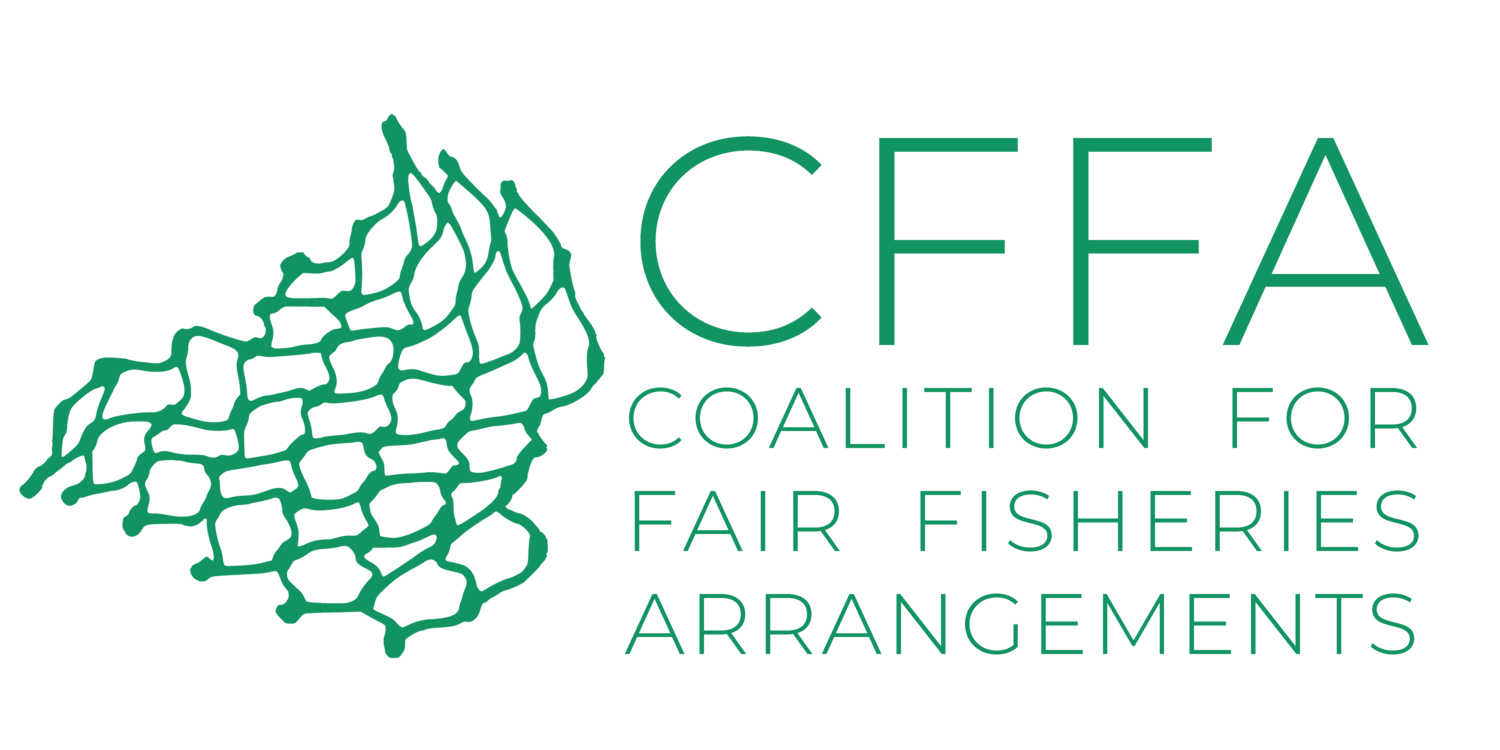With the closure of Kwale, Kilifi and Mombasa counties on the Kenyan coast and the curfew from 7 pm, fishermen’s catches have reduced drastically. Indeed, not only they cannot access their regular fishing grounds, they cannot go fishing at night either. Additionally, once they land their catches, these have lost much of their value, especially since the closure of hotels and restaurants but also due the lack of access to markets outside each county. But now they are bracing themselves for the arrival of the high winds season, wondering how far away they will be able to venture into the ocean and how much more this will affect their livelihoods.
Fumigation of an artisanal fishing boat as a measure to fight the spread of Covid-19 in Kenya.
On the shore, even though the processing and selling activities continue inside each county – provided social distancing and other preventive measures are respected –, the biggest challenge remains access to regular markets. While food transport continues and is exempt from restrictions, fish traders require certain authorizations and need to fulfill established conditions, something which is closing the door to more informal trading, especially by the most vulnerable in the value chain, the women. There are some, however, whose business is thriving. Middlemen from Mombasa, able to obtain special permits, are collecting products with private vehicles, delivering at home for clients in the rich suburbs and supplying food stores and supermarkets that remain open.
In the capital, fish from the coast has become an extravagance. Usually transported as baggage in public buses, these are not allowed to run anymore with the counties on lockdown. Fish processors in Nairobi are also struggling to find fish from Lake Victoria, which used to be channeled in the same way. With the lack of imports of farmed fish from China, and the closure of borders with Uganda since the end of March, access to fish in the capital is almost impossible.
Visit of the Lamu County Director of Fisheries (right) to the Beach Management Unit (BMU) of Lamu.
Since measures to fight the spreading of the disease are applied by counties, initiatives to mitigate the impact on fisheries have been managed at local level. In Lamu county, for example, the isolation, caused by the closure of neighboring Kilifi county and the cessation of movement to Mombasa, has pushed the county government to look into ways to store the unsold catches. To ensure that the fisheries sector remains vibrant, the county government of Lamu is purchasing fish from the local fishers and value add them. To prolong their shelf life, with support from the Kenyan Marine and Fisheries Institute, they are investing in solar drying by installing UV protected solar tent dryers. However, traditional ways to process fish cannot be used for all fish species, so other solutions will have to be found so that catches are not lost.
Source: Local sources.
Photos: CANCO (Communities Taking Action for Nature Conservation).



